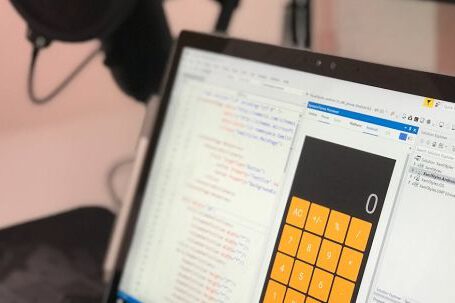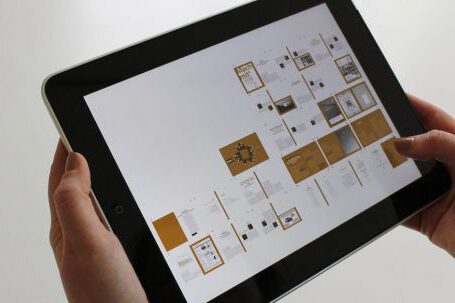The way we work and collaborate has been forever transformed by the COVID-19 pandemic. With remote work becoming the new norm, businesses are constantly seeking innovative solutions to bridge the gap between physical and virtual interactions. Augmented Reality (AR) and Virtual Reality (VR) technologies have emerged as promising tools in this quest, offering immersive and interactive experiences that can enhance remote collaboration. In this article, we explore the potential of AR and VR as the future of remote collaboration.
Enhanced Communication and Engagement
One of the key challenges of remote collaboration is the lack of face-to-face interaction, which can lead to miscommunication and decreased engagement. AR and VR technologies have the power to address these issues by providing a more immersive and realistic experience. With AR, users can overlay digital information onto the real world, allowing for enhanced communication and visualization of complex ideas. VR, on the other hand, creates a fully immersive environment that can simulate real-life interactions, making remote collaboration feel more natural and engaging.
Virtual Meetings and Conferencing
Traditional video conferencing tools have become essential for remote collaboration, but they have limitations when it comes to recreating the dynamics of in-person meetings. AR and VR technologies present a solution by enabling virtual meetings and conferences that mimic real-life interactions. With AR, participants can project themselves as avatars into a shared virtual space, where they can interact and collaborate in a more engaging and dynamic manner. VR takes this a step further by creating a fully immersive environment, where participants can physically move and interact with virtual objects and spaces.
Training and Skill Development
Remote collaboration also poses challenges when it comes to training and skill development. AR and VR technologies offer a compelling solution by providing immersive and interactive training experiences, regardless of location. With AR, employees can receive real-time guidance and instructions overlaid on their physical environment, enhancing learning and skill acquisition. VR takes training to a whole new level by creating realistic simulations that allow employees to practice and refine their skills in a safe and controlled environment.
Product Design and Visualization
Collaborating on design and visualizing products remotely can be a complex task. AR and VR technologies offer powerful tools for product design and visualization, allowing teams to collaborate and iterate on designs in real-time. With AR, designers can overlay virtual models onto the physical world, enabling them to visualize and refine their designs in context. VR takes this a step further by creating immersive environments where multiple team members can interact with and manipulate virtual prototypes, facilitating better collaboration and decision-making.
The Future of Remote Collaboration
AR and VR technologies have the potential to revolutionize remote collaboration by providing more immersive, engaging, and interactive experiences. The COVID-19 pandemic has accelerated the adoption of these technologies, with businesses realizing their value in bridging the gap between physical and virtual interactions. As technology continues to evolve and become more accessible, we can expect to see AR and VR becoming an integral part of remote collaboration strategies across industries.
In conclusion, AR and VR technologies offer exciting possibilities for the future of remote collaboration. From enhanced communication and engagement to virtual meetings, training, and product design, these technologies have the potential to transform the way we work and collaborate remotely. As businesses continue to adapt to the new normal, embracing AR and VR can help unlock new levels of productivity, creativity, and collaboration in the virtual world.





